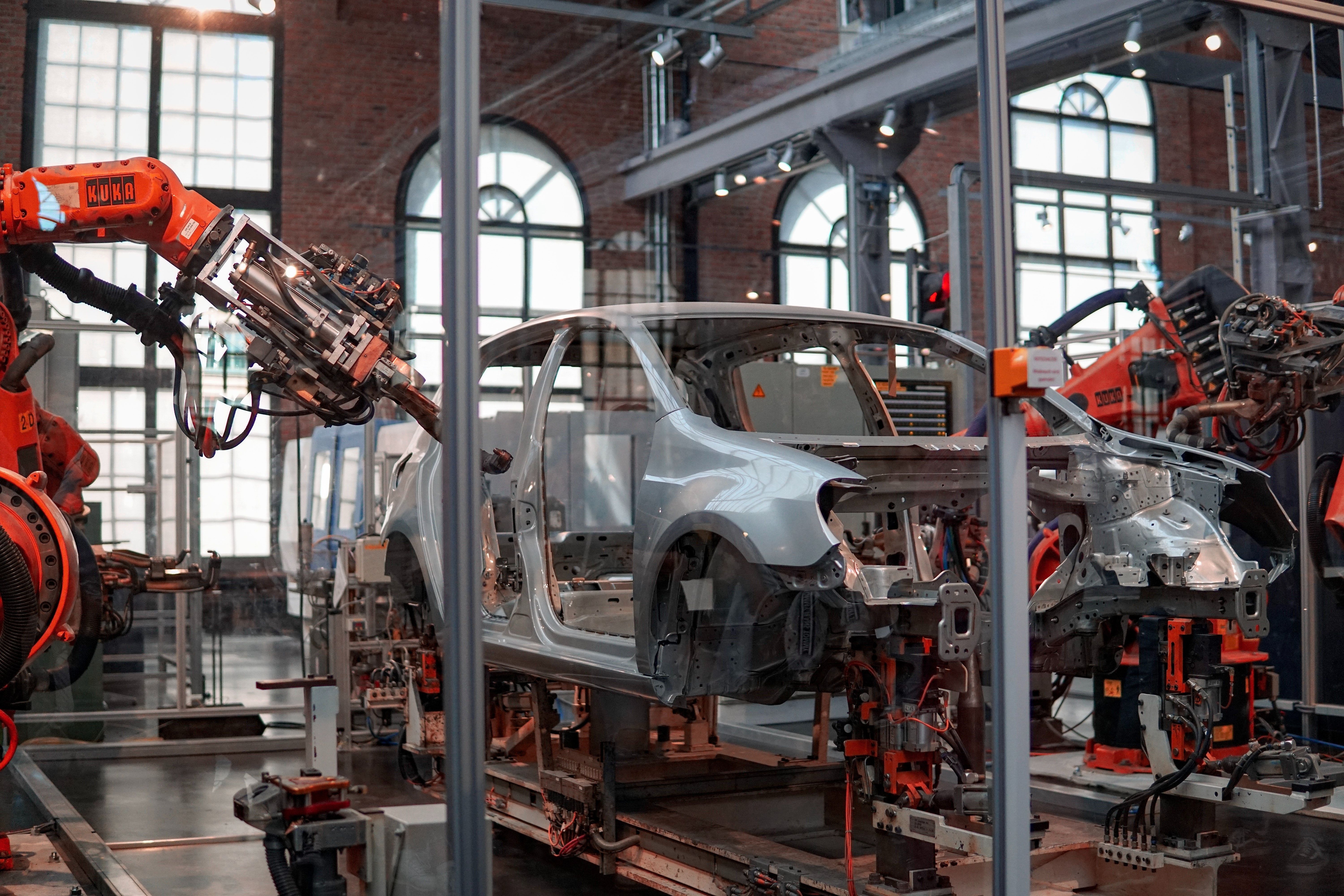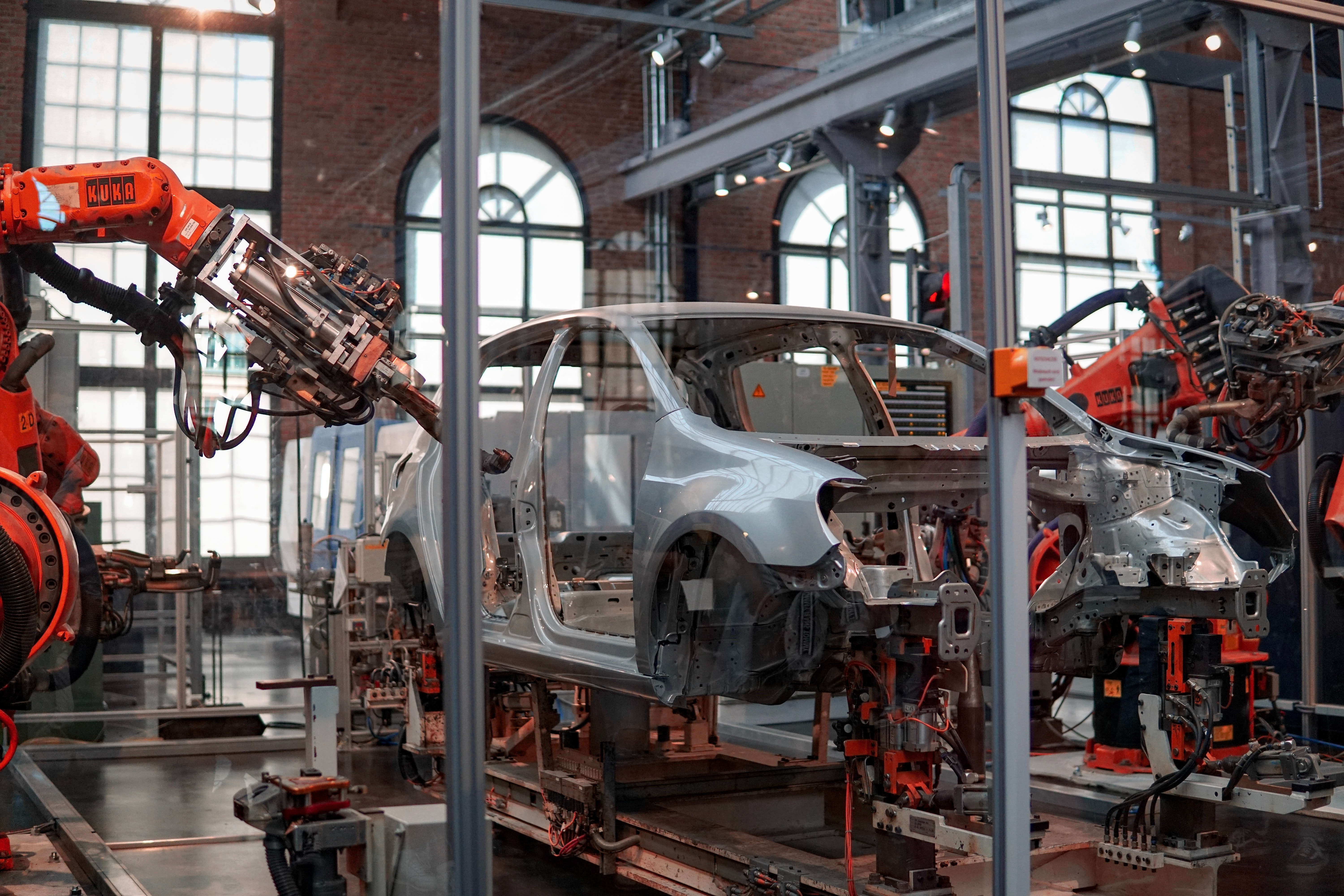Intelligent Automation (IA) has become a far greater priority for organizations and is set to be a mainstream investment and focal point for various industries in the coming years. Leading organizations have already implemented advanced process automation and other digital technologies to balance existing human and machine workforces.
Intelligent Automation is now at the stage where engineers can control each aspect of the automation journey—discovering needs, automating processes and optimizing operations. It’s now possible to automate all tedious business processes and create refined workflows by creating a combined digital workforce.
Intelligent Automation combines powerful Artificial Intelligence (AI) and Robotic Process Automation (RPA) technologies to enable fast end-to-end task automation, reducing costs and increasing operational efficiency to deliver better customer experiences.

Intelligent Automation vs RPA
There’s often confusion regarding the difference between Intelligent Automation and RPA.
To clarify, Intelligent Automation is the combination of RPA and AI. IA enhances the task automation capabilities of RPA by adding the cognitive power of Machine Learning (ML) and AI. By doing so, the IA industry has massively expanded the horizons of business process automation. Simply put, here’s how IA works:
- IA enables organizations to automate complex end-to-end processes.
- These processes typically involve the use of structured and unstructured data.
- Thanks to AI and Machine Learning (ML), IA systems can communicate using human languages, classifying and recognizing sentiment.
- This understanding of sentiment or language enables IA to operate in a completely automated fashion, even automating workflow steps that would have previously required human intervention.
How Intelligent Automation Works
Intelligent Automation has made it very easy to automate extremely multifaceted business processes. Here are the typical steps within the IA cycle:
- Discovery – AI-powered tools mechanically and systematically detect the work activities and responsibilities they need to achieve by studying the workers accomplishing tasks to recognize optimal workflows.
- Proposal of Automation Paths – The AI-powered tools help the IA system to select the best plan of action.
- Automation – AI tools are used again to access and decode unstructured data and human language input (in the form of chat conversations, text documents, audio files, and video). According to MIT, 80-90% of the information used by most companies is unstructured. Hence, this is a crucial step made possible by AI tools, such as RPA bots.
- Analysis – Analyzing automation relies on AI tools to recognize patterns and regularities in the process data. Based on this assessment, the system predicts future productivity levels, profit projections and more.
The final result is a self-adjusted, end-to-end automation process. Regardless of what the business tasks are, over time, IA systems reduce error risks via stringent RPA bot management.
The Transformative Capabilities of Intelligent Automation
Combining RPA with AI and ML technologies makes it possible for businesses to automate all types of scenarios. RPA bots are coded to have cognitive abilities and can correct and better themselves with each process, allowing them to assess situations, make appropriate decisions and learn on the job so they don’t repeat mistakes. Such rapidly improving RPA bots have the potential to become invaluable resources to any company’s human-digital workforce, regardless of the scale and the complexity of the tasks.
Additionally, IA can seamlessly integrate technology into work processes, helping business leaders re-imagine how their workflows operate and employees to focus on other aspects of the business.
However, this improved technology is completely different from traditional automation programs, which heavily relied on narrow instructions and could only process structured data. Instead, IA combined with RPA and AI can handle and assess unstructured data, improving each automated step of the cycle. The average investment recovery period for IA investments is 12 months, so companies can expect fast improvement and near-perfect results over time.
Benefits of Intelligent Automation
Organizations benefit from Intelligent Automation because it saves money in the long run and improves processes, productivity and customer experiences.
Improved Productivity
- Cost and Time Savings – Intelligent Automation systems help us save time and money by redirecting human attention from mundane tasks and creating more efficient business processes where all tasks are carefully regulated.
- Digital Workforce – RPA-powered workers improve efficiency in routine and complex tasks. Over time, intelligent bots can self-learn to radically improve customer experiences, guaranteeing faster response times and consistently improved outputs.
- Improved Processes – As operational obstacles are reduced, cognitive IA systems can improve their ability to deal with inconsistent and unstructured data. The RPA + AI combinations help legacy systems navigate through complex front-desk and back-office operations of all kinds.
- Better Compliance – Intelligent Automation systems guarantee that all operations carried out adhere to the necessities installed by supervisory statutes. These systems are designed to follow orders and develop the best practices and action plans that improve efficiency while still following compliance standards.
Automating Tasks For Departments
A study by Tractica revealed that the global AI market is expected to reach $120 billion in revenue by 2025, with over 300 projected IA use cases. Businesses that combine AI application development with RPA can devise unique IA systems to automate different departments of their company, including traditionally human responsibilities such as:
- Human Relations
- Finance & Accounting
- Customer Service
- Business Process Outsourcing
Intelligent Automation Use Cases By Industry
The advancement of Intelligent Automation is transforming the operational dynamics of numerous industries, leading to a groundbreaking revolution in their functioning processes.
Healthcare
Intelligent Automation helps medical institutions carry out mundane tasks such as processing insurance forms, patient referrals, in-house sharing of information, supplier integrations, and supporting the front-line staff with logistics and data. The rise of RPA in healthcare has laid the groundwork for organizations to begin implementing Intelligent Automation.
Insurance
Insurance agents are no longer required to invest hours of manual effort into mundane tasks because automation radically improves their ability to process claims. IA performs analysis beyond human capabilities on multi-dimensional data sets and can handle complex tasks like fraud detection, chatbots, digital customer service agents and recommendation engines. Additionally, RPA removes the need for people to perform repetitive, low-value, structured data processes like address changes, billing, invoicing and purchase orders, creating more time for valuable strategic work.
Finance
The finance industry is ripe with opportunities for IA, presenting a huge chance for functions within financial services institutions to deliver information and value to the business more quickly, accurately, and at a lower cost. On top of increased process speeds and improved quality, the redeployment of people to higher-value activities brings personalized customer experiences and increased flexibility to cope with short-term volume variations.
Research by McKinsey further expands on AI’s significant impact on the financial industry, highlighting its ability to drive operational efficiency, reduce costs, improve customer experiences and potentially unlock $1 trillion USD of incremental value. From fraud detection and prevention to automated loan processing and approval, IA is rapidly transforming the finance space. Looking toward to the future, financial institutions must embrace AI to stay competitive, meet evolving customer expectations and unlock new growth opportunities.
Manufacturing
Manufacturing organizations use data from logistics companies to predict demand and maintenance. By leveraging existing data from various sources, such as customer orders, supply chain movements, and machine performance metrics, manufacturers can use predictive analytics to solve new problems and facilitate product engineering
With the ability to analyze historical data and identify patterns, manufacturers can anticipate shifts in demand using predictive analytics, allowing them to optimize inventory levels and production schedules accordingly. This not only ensures that products are readily available when customers need them but also helps minimize excess inventory and associated costs.
Embracing automation is not just about replacing human workers with machines; it's about leveraging the power of data and technology to optimize operations, stay ahead of competition and pave the way for a more sustainable and prosperous future for the manufacturing industry.
IA Technology Trailblazers
Who are the leaders in this industry? The most notable organizations include:
- WorkFusion – Top creator of AI-driven automation processes and nuanced RPA software
- UiPath – The leading provider of RPA tools across many industries.
- Automation Anywhere – Another industry leader in creating RPA bots.
Conclusion
The challenge holding back industrial growth for centuries was the inability to automate any and every business process completely. However, thanks to technological advancements and operational improvements, most business processes are now suitable candidates for Intelligent Automation.
To learn more about transforming your business with AI-enabled insights, check out our Modern Data and Analytics Accelerator, and case study, Unlocking The Power Of Personalized Engagement With A Modern Data Platform.


.png)

.png)